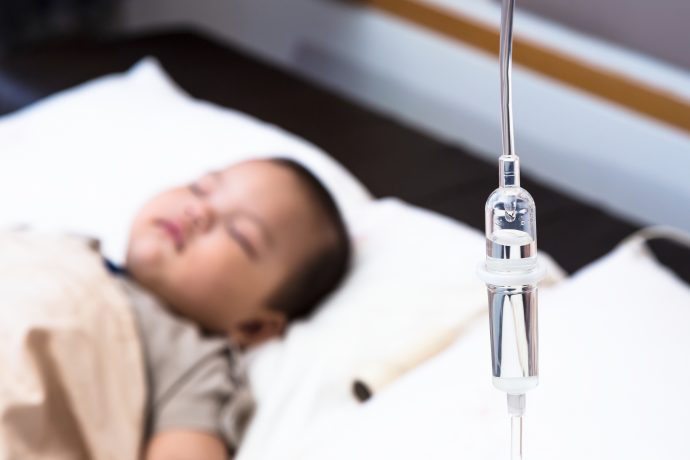Introduction to Cancer in Children
How does it happen?
All cancers have a common process — cells will grow out of control, develop into abnormal size and/or shape (ignoring the usual boundaries within the body), destroy neighbouring cells, and ultimately, spread to other organs and tissues.
Based on the National Cancer Registry Report (Malaysian Cancer Statistics, 2007), the most common cancers in children below 14 are leukaemia, brain cancer, and lymphoma.
Normally, the factor(s) that can trigger cancer in children are different from those that cause cancer in adults. These are often the result of DNA changes in the cells which occur early in the child’s life, sometimes even when your child is in the womb.
Childhood cancers are seldom linked to lifestyle or environmental risk factors. In most cases, non-inherited mutations (or changes) in the genes of growing cells are the cause, but since these errors occur on a random and completely unpredictable basis, there are no effective methods of prevention.
Going for regular check-ups may help, as your child’s doctor might spot early symptoms of cancer. However, most of the symptoms (like frequent infections, fever, swollen glands, bruises, or anaemia) are also common in other infections or diseases that are more common than cancer. Nevertheless, unusual features like prolonged fever, weight loss or unusual lumps and abdominal distension should not be dismissed.
If you suspect that it might be cancer, it’s important for you to seek immediate help from a medical centre that specialises in paediatric oncology (treatment of childhood cancer).
For full article, please download our PDF below:






Comments